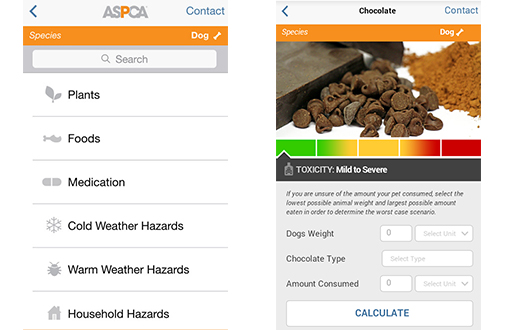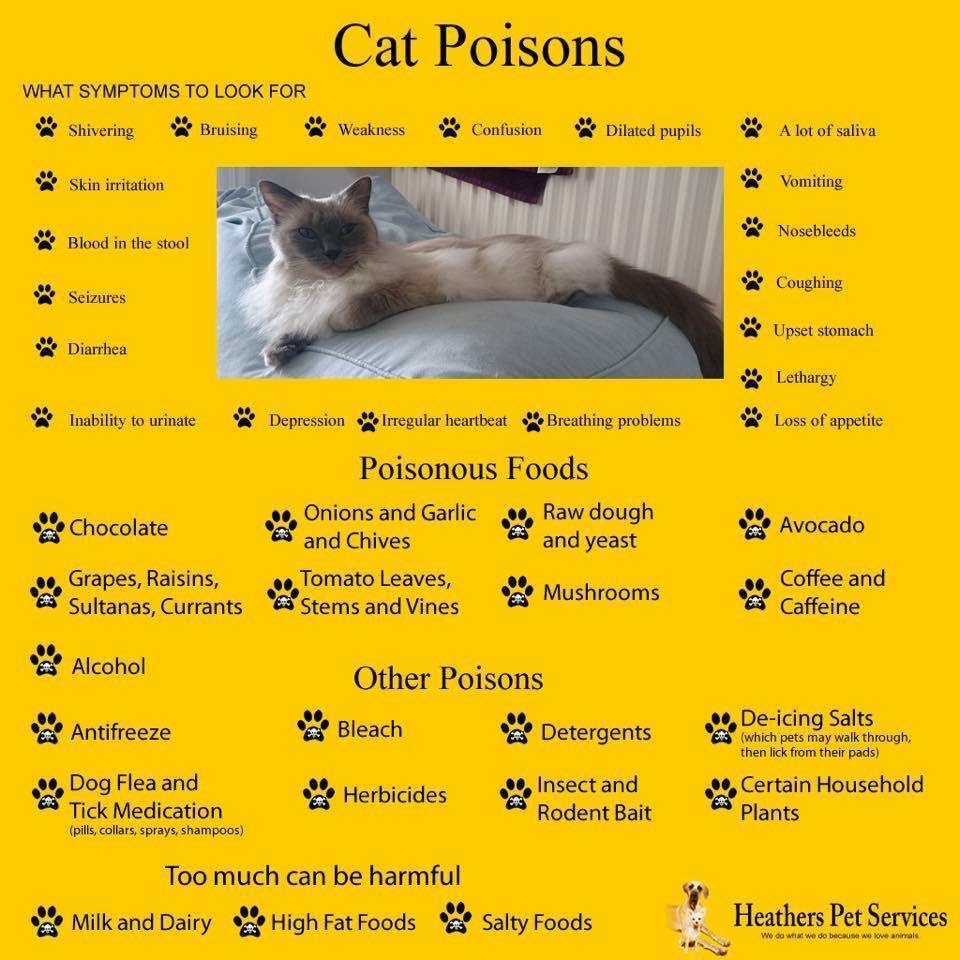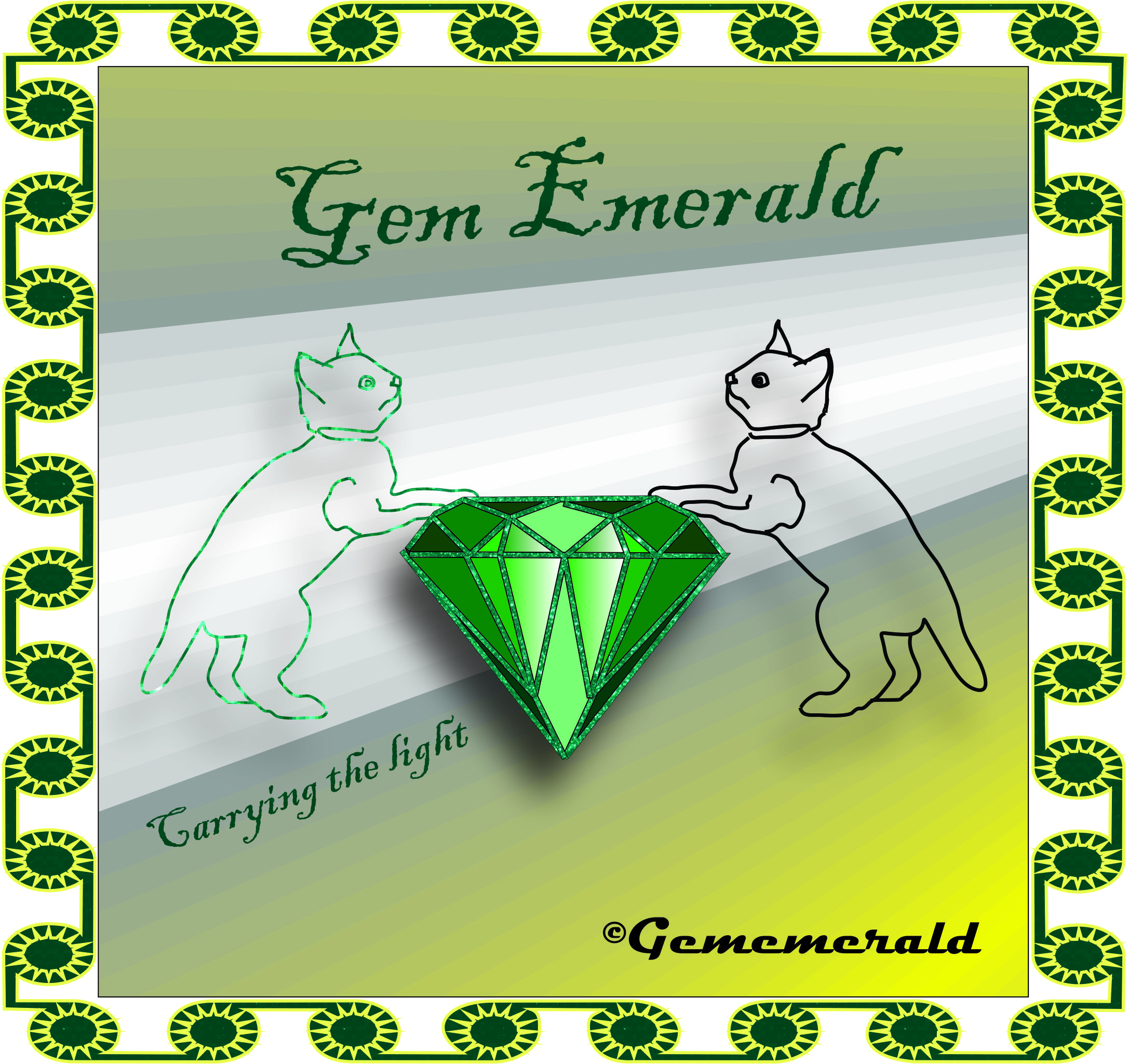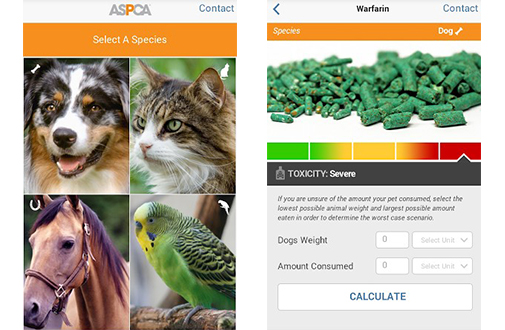To New Owners
WHAT DO YOU NEED AT HOME FOR YOUR NEW KITTEN
Before bringing your new kitten home, make sure that you already have the basic items it will need such as a litter box, food, and a scratching post.
|
The following Petco video is helpful |
Litter Box
Your kitten needs a litter box. Keep in mind that kittens may need a box with sides that are low enough for them to enter easily. A plain clay litter is recommended. Keep the litter box clean by removing solids daily and change the litter frequently (at least weekly). Provide as many boxes as you have cats, plus one. It is well documented that cats may stop using their liter box if the litter is not clean. A self-cleaning litter box is always a convenient option (scroll down for our recommendation on the automatic litter box and also see our FAQ section).
Food
Your new kitten will need separate food and water dishes. The dishes should be kept away from the litter box to avoid contamination. It is important to keep the dishes clean and the contents fresh. Cats are known for rejecting old food or stale water. For better sanitation non-porous ceramic or porcelain dishes are recommended. The dishes should be washed frequently with hot water and soap or in a dishwasher.
You should feed the appropriate amount of a well-balanced, nutritionally complete diet formulated for kittens. At the time of adoption you will be provided with information on what your new cat has been eating. Even if you intend not to stay with the same diet, you should continue feeding the old food and very gradually switch to the new (contact the breeder for more information). Check the packaging to ensure the product meets the standards established by the Association of American Feed Control Officials (AAFCO). See www.aafco.org for more information. If your kitten is eating a diet that meets the AAFCO standards, you can be assured that it is receiving an adequate supply of nutrients.
Scratching Post
Scratching is a normal behavior for cats. You can train your kitten to use a scratching post. Multiple scratching surfaces could be provided. If your cat likes to scratch on furniture or drapes, a vertical scratching post might work best. A cat that likes scratching on a floor carpet may prefer a flattened cardboard box or a log placed on its side. A vertical scratching post should be tall enough for a long stretch.
GROOMING
Regular combing can keep a cat’s coat in a great condition and help to remove loose hair which otherwise could wind up on the furniture or induce hairballs. Combing is much easier if you train your kitten to accept this activity when they are young. A plastic fine toothed comb is recommended.
Regularly trimming your cat’s nails is necessary. It reduces the probability of damage caused by sharp claws, and lessens the possibility of a nail growing into the foot pad and causing infection. If you start the routine early on, your cat will be accustomed to this grooming procedure. Two lessons how to clip the nails are provided in the following videos
|
How to trim your cat’s nails (Petco) |
Nail trimming instructions by Dr. Mike
VETERINARY CARE
Your new kitten should be checked by a veterinarian in about a week after coming home with you.
Vaccines
Vaccination is one of the best ways to protect your cat from infectious diseases. The most common combination vaccine, usually called FVRCP, protects your cat against three diseases: panleukopenia, viral rhinotracheitis and calicivirus. The first FVRCP vaccination is given at the age of six to eight weeks. The vaccine is then repeated (or “boosted”) at three- to four-week intervals until the kitten is sixteen to twenty weeks old. After this initial vaccination series, boosters are generally given one year later and then every three years. Your cat should also be vaccinated against rabies virus. Consult with your veterinarian to decide which vaccines are needed.
Cat supply shopping list from Erin
HARMFUL THINGS FOR CATS
It is important to make your house safe for your cat. Plants should be out of reach and if toxic or poisonous type, consider getting rid of them. As a new cat owner you rather lose the toxic plants, not the kitten.
Listen to ASPCA Garden Pet Safety Podcast
Click on the image below to download a useful ASPCA mobile app
You can print this memo and place it on your refrigerator or another prominent spot


LEO’S LOO TOO SELF-CLEANING LITTER BOX
Gememerald Russian Blues recommend Leo’s Loo Too automatic litter box by Smarty Pear. Leo’s Loo Too could be the smartest available self-cleaning litter box. It offers quiet sifting for self-cleaning, Alexa and Google Assistant voice controls, mobile app, radar detection, anti-pinch sensor and UV light sanitation to kill bacteria and to eliminate the odor.
Smarty Pear presents Leo’s Loo Too self-cleaning litter box
Click on the tomato plant to see a list of plants toxic to cats provided by the American Society for Prevention of Cruelty to Animals (ASPCA).
Click on the cartoon characters below to learn how to help your cat’s immune system to combat the infection and review the summary of vaccination in general practice by American Association of Feline Practitioners (2006)
To learn more about Leo’s Loo Too self-cleaning litter box, visit our frequently asked questions (FAQ) section. If you have additional questions, do not hesitate to email us. To receive complimentary shipping for Smarty Pear’s products and retrieve a $25 discount coupon towards your purchase of Leo’s Loo Too, click on the picture below.
 |
Gememerald Russian Blues
Gememerald ~ “Carrying the light”,
a CFA and TICA registered cattery.



